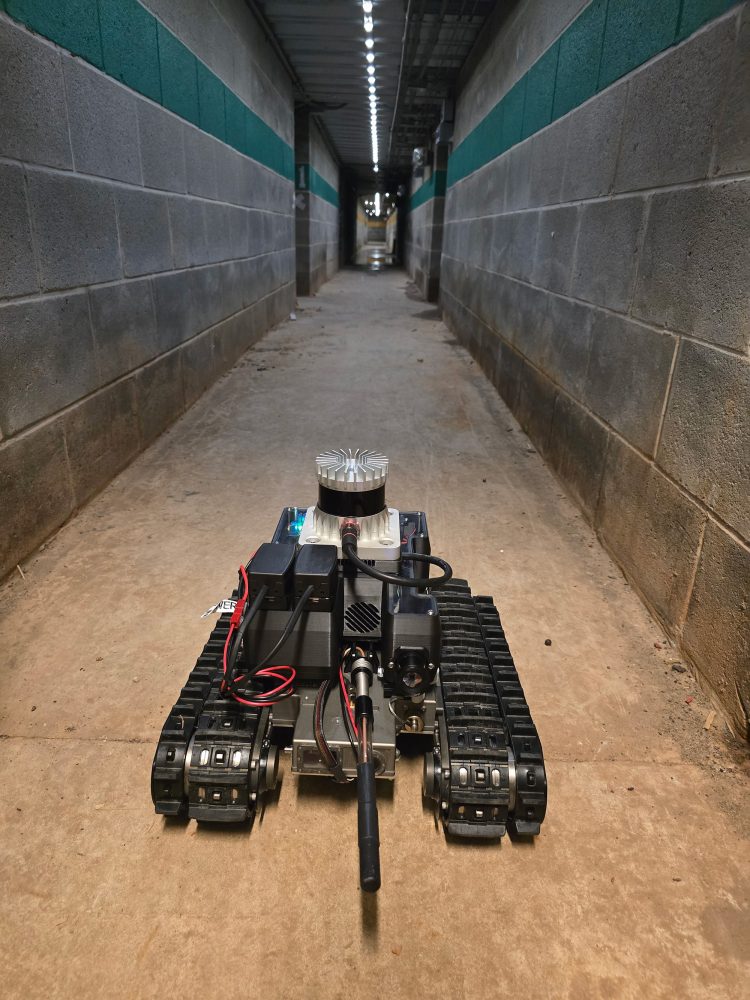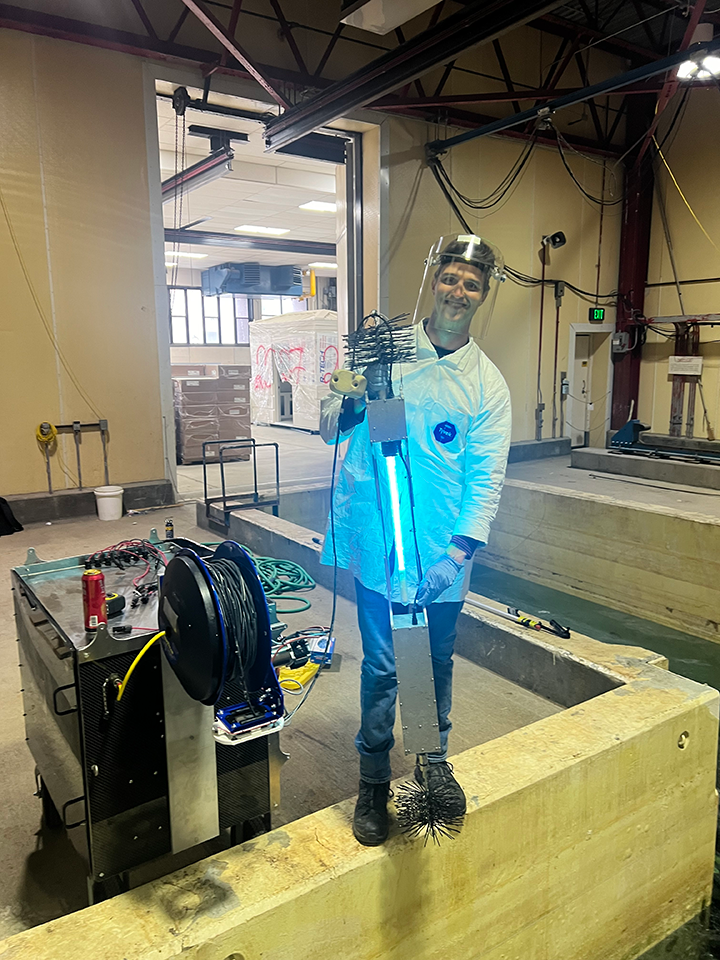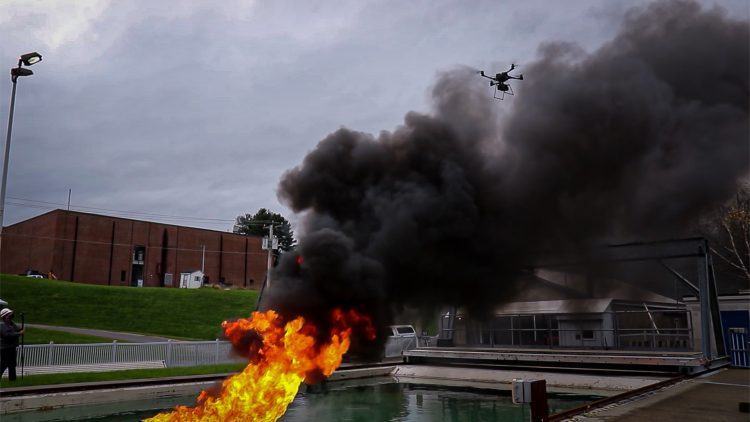
Since entering service in 1955, the B-52 Stratofortress has held strategic importance as the most combat capable bomber in the U.S. inventory. However, the newest B-52 dates to 1962, and it has become increasingly difficult to find parts to service its original engines.
To keep this valuable aircraft flying, the Air Force embarked on a Commercial Engine Replace Program, or CERP, to replace the current engines with commercial ones that are so maintenance friendly and efficient they will pay for themselves in 10 years. Meeting this goal required a digital infrastructure that would allow designers to rapidly test proposed prototypes to ensure compatibility and catch potential pitfalls. That’s when the Air Force turned to ERDC.
Using the Information Technology Laboratory’s Supercomputing Research Center (SRC), ERDC established a virtual ecosystem that integrated numerous design and visualization tools to meet this project’s unique requirements. This enabled the Air Force to select a new engine that will keep the legendary B-52 flying into the 2050s.
On the latest episode of the Power of ERDC podcast, we talk with York Yarbro, chief operating officer of the Supercomputing Research Center at ERDC’s Information Technology Laboratory.
We discuss how ERDC became involved in the effort to replace the B-52 engines (3:51), the unique capabilities ERDC brought to the project (14:26), the benefits of incorporating digital engineering techniques to help designers (4:56), the unique challenges the ERDC team faced and how they overcame them (10:28), and Yarbro’s personal connection to the B-52 modernization effort (15:03).
We also talk about ERDC’s Supercomputing Research Center (16:26) and how both the Air Force (24:02) and SRC (25:08) will build off the successes of the B-52 modernization project.
Visit https://www.PowerofERDCPodcast.org for more information.
Podcast: Play in new window | Download




Recent Comments